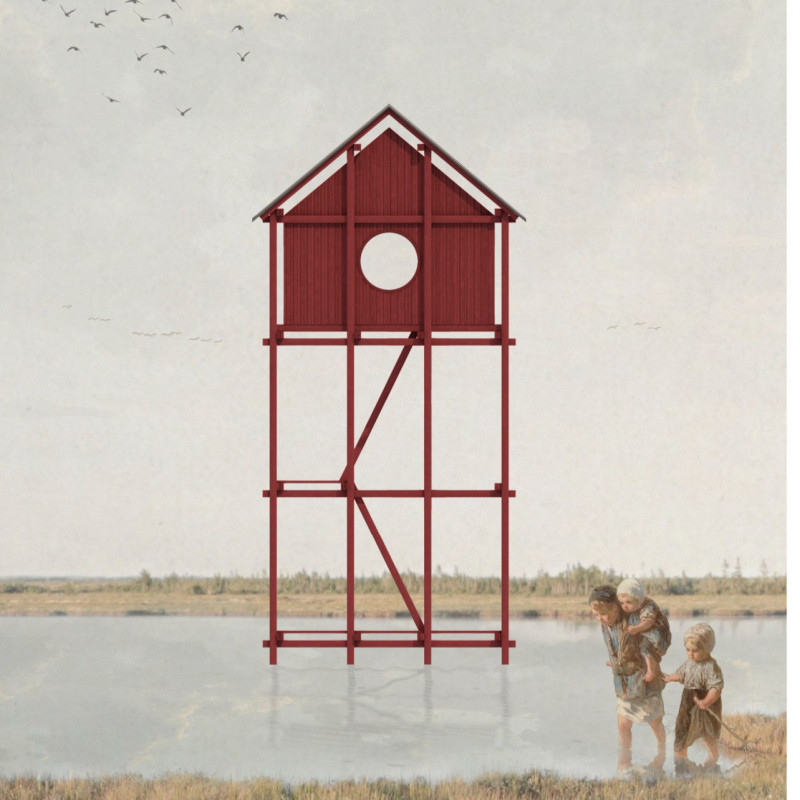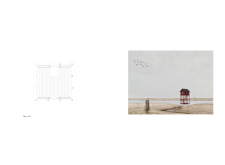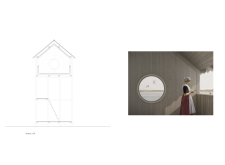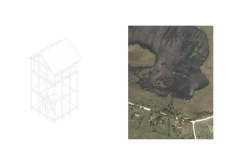5 key facts about this project
## Analytical Report on the Birdhouse Architectural Design Project
### Project Overview
Located within Pape Nature Park in South-West Latvia, the design is situated in a designated wetland ecosystem, crucial for numerous bird species, and serves as both a habitat and a migratory stopover. The project comprises a birdhouse that functions as an observation tower, facilitating human engagement with the natural environment while supporting bird nesting and observation. The structure is positioned to rise above the flat landscapes of the park, promoting interaction between visitors and wildlife.
### Architectural Design Elements
#### Form and Spatial Strategy
The dual-functional design incorporates a bird nesting area along with a viewing platform, reflecting a commitment to blending human activities with wildlife needs. Elevated to provide panoramic views of adjacent bogs, meadows, and lakes, the structure enhances the bird-watching experience. Its circular and rectangular openings optimize sightlines for visitors, contributing to the aesthetic character of the design while symbolizing a connection to the environment. Access is facilitated by a staircase, ensuring a smooth transition between the various levels, from the ground to the observation area.
#### Material Selection and Sustainability
Careful consideration has been given to materiality to ensure alignment with ecological principles. The primary construction material is treated wood, chosen for its natural appearance and environmental benefits. The characteristic red hue mirrors traditional rural architecture in the region, creating visual harmony with the natural surroundings. A sloped metal roof adds durability and resistance to weather elements, further supporting the structure's longevity. Additionally, protective weather-resistant treatments have been applied to maintain the integrity of the wooden components against the elements.
### Environmental Context and Visitor Engagement
Strategically positioned near the park's central lake, the tower enhances the observation of local waterfowl and their habitats. This integration underscores the ecological intent of the design, promoting awareness of conservation among visitors. The elevated platform offers a distinct vantage point that enriches the visitor experience, encouraging appreciation for the unique wetland ecosystem. The project not only fosters a dialogue between visitors and wildlife but also reinforces regional architectural identity through its careful material and form choices.





















































